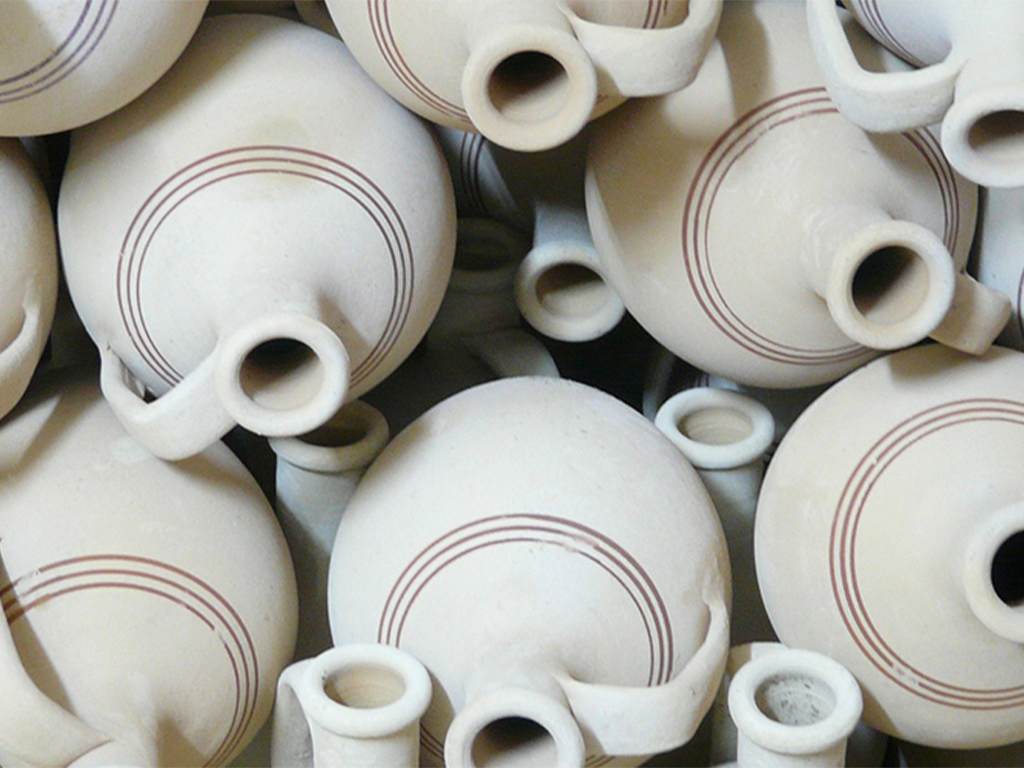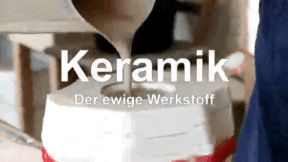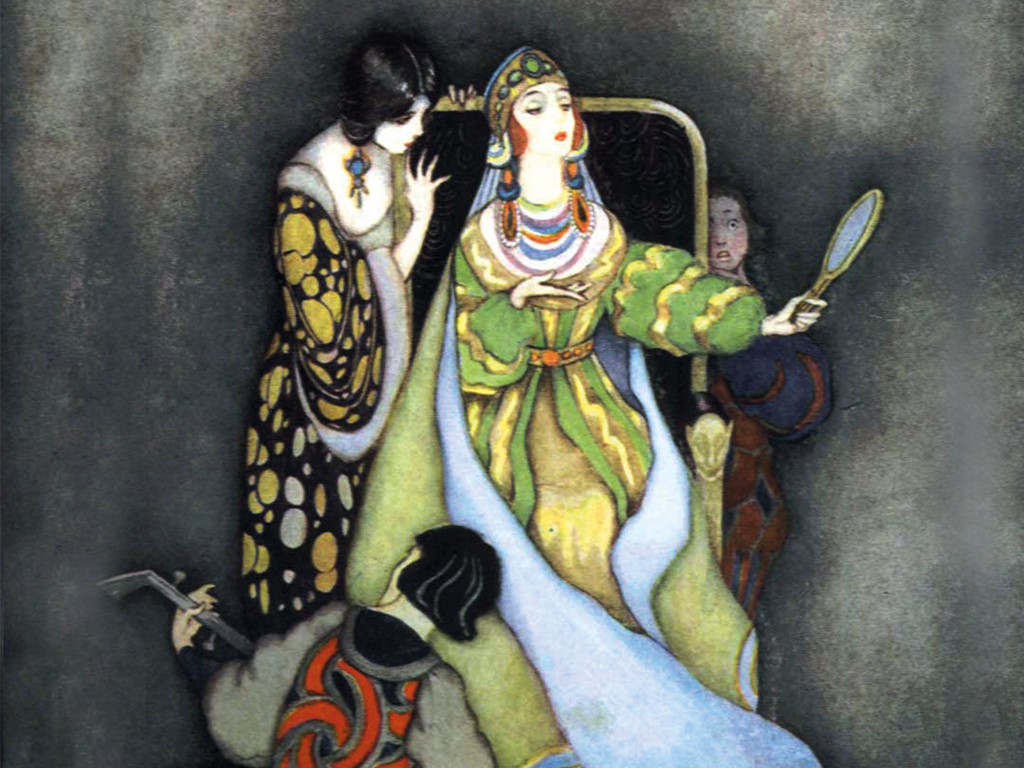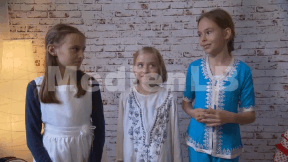 Biology
Biology
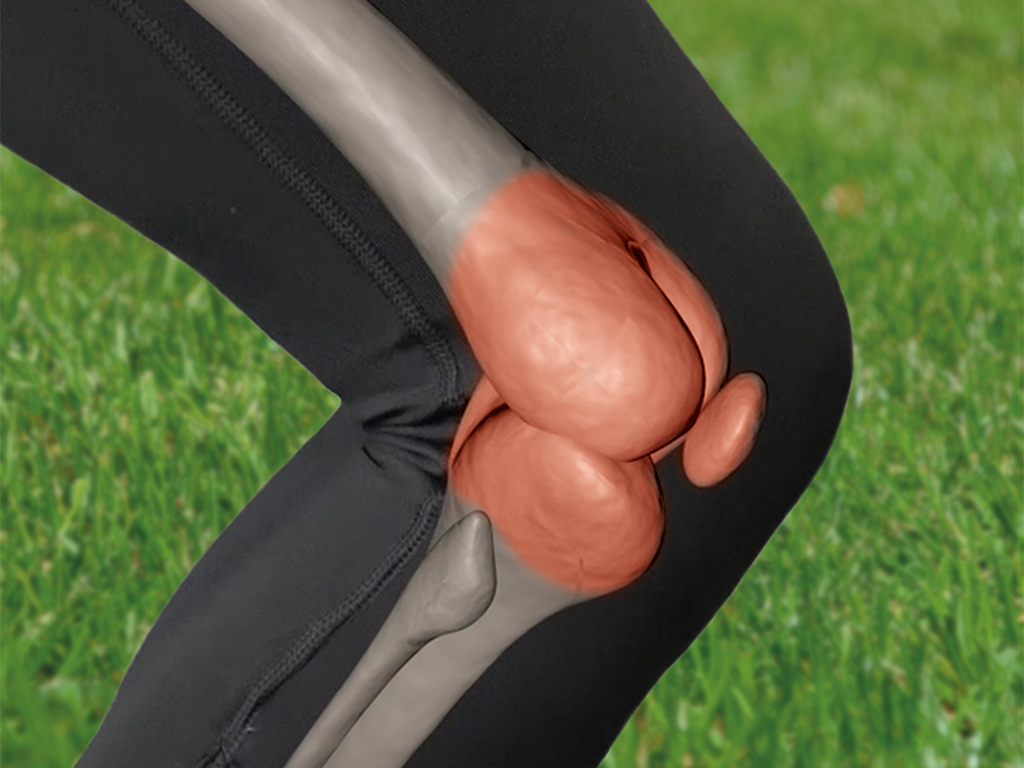
46500490 / 55500338
Joints
Structure and Function
To begin with, we distinguish between so-called “real“ and “fake” joints. Unlike “real” joints, which are separated from each other by a joint space, “fake“ joints form an immovable connection between bones and are therefore called synarthroses. Synarthroses have limited mobility. Their purpose is to hold the bones firmly together thus stabilising our skeletons. Synarthrosis joints can be bony, fibrous or cartilaginous. Depending on the type of connecting material, they are referred to as synostoses, synchondroses or syndesmoses. Among the syndesmotic joints, where two bones are connected by elastic or tout connective tissue, are the ligaments supporting the vertebral column. The rib cartilage, connecting ribs and sternum, as well as the intervertebral discs belong to the cartilaginous joints. With the synostotic joints, the connection of the individual bones consists of bone mass. Among them are cranial bones after ossification of the sutures as well as the sacrum with the superior articular processes, the sacral lamina, the lateral part and the sacral apex.
Play trailer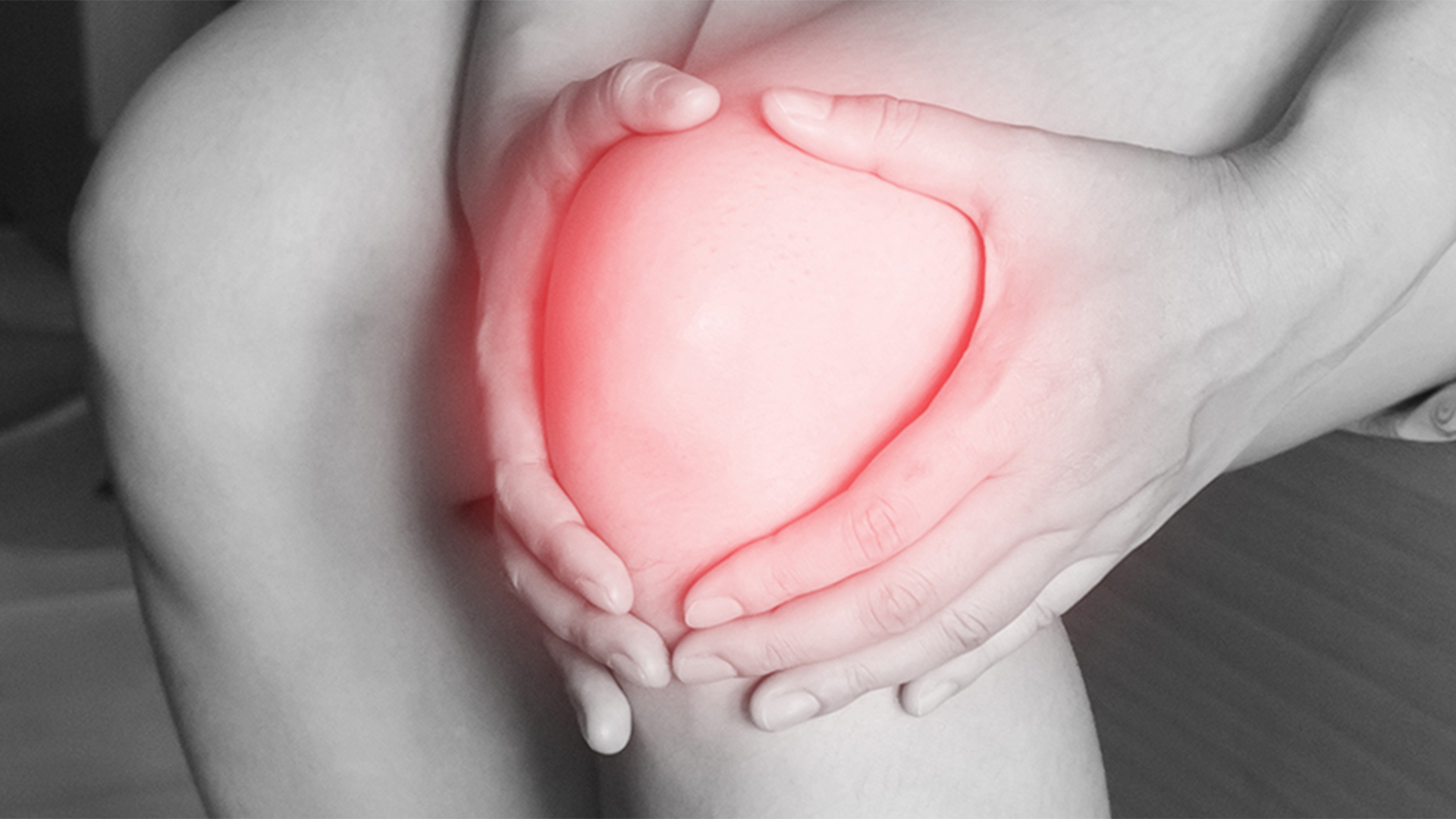
Curriculum-centred and oriented towards educational standards
Matching
Ceramic
Ceramics are indispensable in our everyday lives. We eat from ceramic plates, drink from ceramic cups, use tiled ceramic bathrooms. But how is ceramic manufactured? The film reveals the secrets of this fascinating material! We get to know more about the beginnings of ceramic in the Old World of Egypt and Mesopotamia, about Greece, China and Rome. We gain interesting insights into the valuable earthenware and are also shown the exquisite further development of the "white gold". Today this versatile material is irreplaceable in industry, too. Whether in space or as an easily compatible substitute in medicine, ceramic is applied in many places.
Internet Addiction
The film consists of two parts. The first part is the 15-minute short film “In the Net”. It describes the problem of excessive Internet use in a humorous way, in particular the risk of losing touch with reality when chatting. The second part illustrates with three real persons how Internet addiction can develop and the problems encountered by those who are afflicted. The authentic statements are commented by an experienced therapist. For many pupils, the issues addressed here are related to their everyday lives. What is a “sensible” use of the Internet, where does pathological addiction start? In contrast to addiction to alcohol, nicotine or drugs, the public seems to be largely ignorant of the problem of this addiction, which is not related to any substance abuse. The film provides material for discussion in the classroom (crossdisciplinary) and can be used as a basis for the formulation of prevention strategies.




